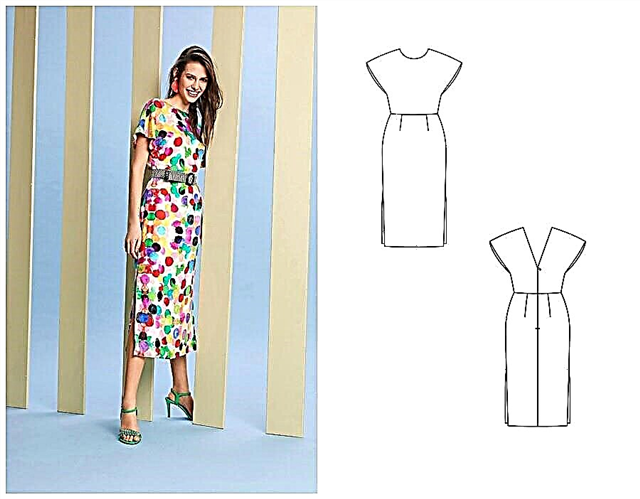Thin, elastic, woven-based cushioning materials - how to work with them to minimize the risk of errors.

Elastic adhesive materials are good in that, while strengthening the base material, they retain its ductility. But working with such materials is not always easy precisely because of their mobility. In the process of gluing, they strive to shift, to stick in the wrong way.
You can read the most important rules for choosing adhesive materials and working with them in this large and detailed review:
Sewing School: Duplication of Clothing Parts
The tricks and tips below are for working with elastic backing material on a woven basis, especially thin.
Why do iron marks appear when ironing and how to avoid this?
So, the procedure + tricks and tips:
Step 1. Secure the work surface.
To protect the ironing board from accidentally sticking adhesive material on it, cover the surface of the ironing board with an iron, for example, a piece of chintz or calico.
Step 2. Fix the duplicate material
Place the part cut from duplicate on the part from the main fabric, align and cover with an iron. Ironing in the usual sense, while driving with an iron, is not necessary: a plastic thin doubler may shift and stick incorrectly or lie in folds.To avoid this, we iron the duplicate material in sections, lowering the iron precisely from above and after a second or two lifting it.
Step 3. Finally we fix the duplicate material

To confidently fix the doubler on the surface of the part, iron it again, also through the iron. Move the iron in walking movements, holding it on the surface for 8-10 seconds in each area and slightly press on the iron. Allow duplicated parts to cool for 15–20 minutes.
Recommendations for working with different types of adhesive pads on a woven and non-woven basis (iron temperature, exposure time and so on) read here:
Non-woven gasket table
Step 4. Glue is not stuck - what to do?

Now check if the material is well adhered. It happens that he does not stick properly on the first try.
Repeat step 3. Doing so:
- First try to increase the pressure on the iron. If after checking the cooled part it turns out that it did not work out, then ...
- Increase the exposure time - keep the iron in each area not 8–10 seconds, but 2–4 seconds longer.
Check the quality of duplication only on cooled parts.
The reason that the material does not stick after several attempts may be that it is not of good quality. In these cases, it is worth replacing the material.
Photo: Natalya Pykhova, thelaststitch.com, amazon. de
Ironing correctly means good sewing!
Ironing Rules for Beginners
How to remove traces of the iron?
How to duplicate the details of coats and jackets



